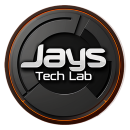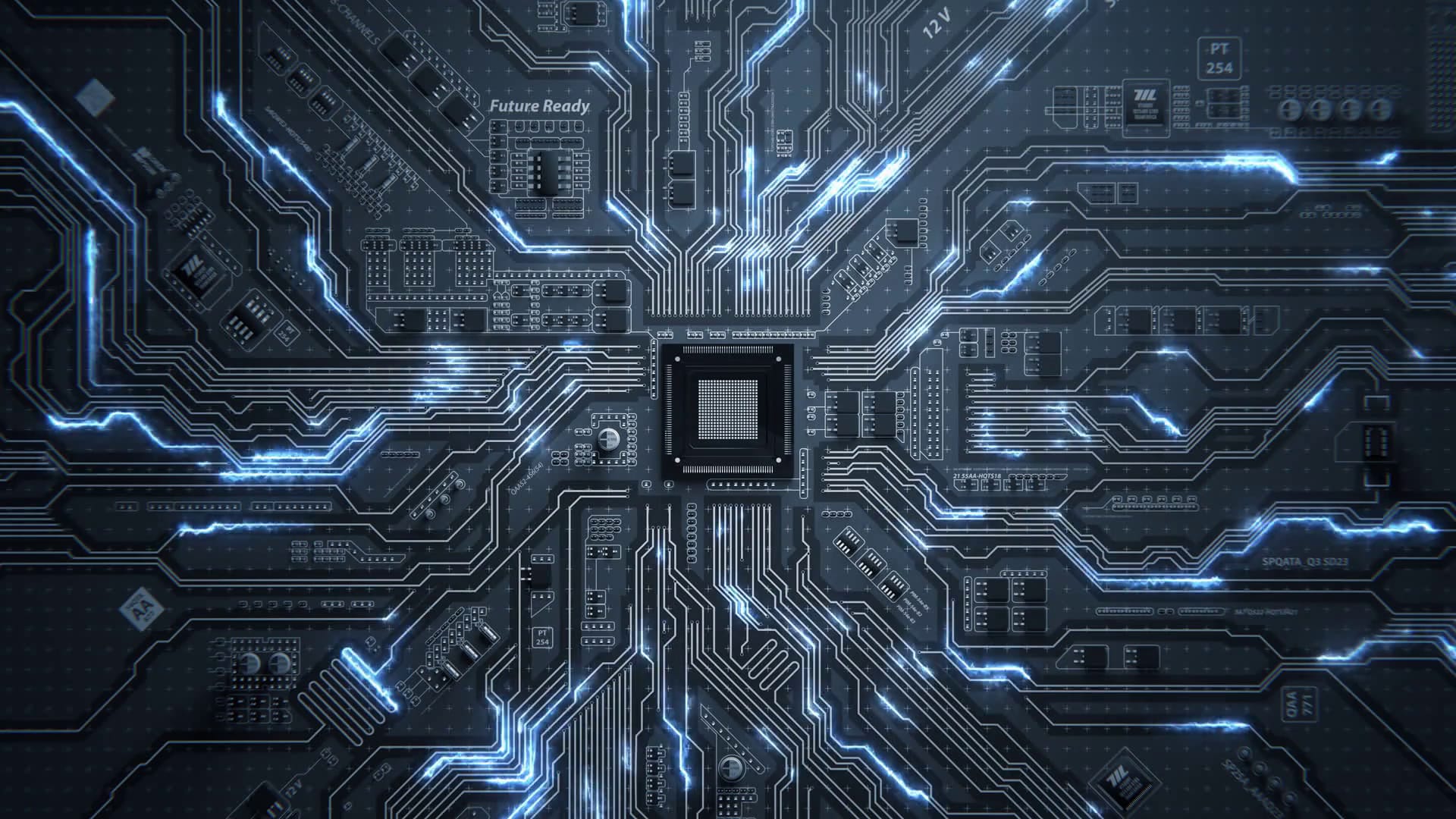Table of Contents
🤖Introduction to AI and Computers
The Evolution of Computers 🖥️
The journey of computers dates back to the early 19th century with Charles Babbage's mechanical "Analytical Engine" ⚙️. This innovation laid the foundation for future developments, including the electronic computers of the 20th century 🕰️. The evolution of computers can be divided into several key phases: the mechanical era, the vacuum tube era, the transistor era, and the microprocessor era. Each phase brought significant advancements, transforming computers from bulky machines 🏋️♂️ to the powerful, compact devices we use today 📱.
The Birth of AI 🤖
Artificial Intelligence, a term coined by John McCarthy in 1956, emerged from the desire to create machines that could simulate human intelligence 🧠. Early AI research focused on problem-solving and symbolic methods. The field has grown exponentially, incorporating machine learning, neural networks, and deep learning. Today, AI is a pivotal part of technology, influencing various sectors from healthcare 🏥 to finance 💰.
Understanding the Basics 🧐
What is AI? 🤖
AI, or Artificial Intelligence, refers to the simulation of human intelligence processes by machines, particularly computer systems. These processes include learning, reasoning, and self-correction. AI can be categorized into:
- Narrow AI 🎯: Designed to perform a narrow task (e.g., facial recognition).
- General AI 🧠: The potential to perform any intellectual task a human can do.
The SCARY different stages between AI + AGI + ASI + SINGULARITY
The scary different stages between AI + AGI + ASI + Singularity 💥 are a hot topic in discussions about the future of technology.
What is a Computer? 💻
A computer is an electronic device that processes data according to a set of instructions called a program 📝. Computers can perform a wide range of tasks, from simple calculations to complex simulations 🌐. They are composed of hardware (physical components) and software (programs and applications that run on the hardware).
How Computers Work
The Components of Computers 🔧
Hardware Components 🛠️
Hardware components are the physical parts of a computer. Key components include:
- Central Processing Unit (CPU) 🧠: The brain of the computer that performs instructions defined by software.
- Memory (RAM) 🧩: Temporary storage that holds data and instructions for the CPU.
- Storage (HDD/SSD) 💾: Permanent storage for data and programs.
- Motherboard 🔌: The main circuit board that connects all components.
- Input/Output Devices 🖱️🖥️: Devices like keyboards, mice, and monitors that allow user interaction.
Software Components 🖥️
Software components include:
- Operating System (OS) ⚙️: The software that manages computer hardware and software resources (e.g., Windows, macOS, Linux).
- Applications 📱: Programs designed for end-users to perform specific tasks (e.g., word processors, web browsers).
- Utilities 🛠️: System management tools (e.g., antivirus software, file management tools).
Types of AI 🤖
A nice breakdown of all three
Narrow AI 🎯
Narrow AI, also known as weak AI, is designed to perform a specific task. Examples include voice assistants (like Siri), recommendation systems, and autonomous vehicles 🚗. Narrow AI operates under a limited set of constraints and cannot generalize beyond its specific function.
General AI 🧠
General AI, or strong AI, aims to mimic human cognitive abilities. This type of AI can perform any intellectual task that a human can do. General AI is still theoretical and has not yet been achieved 🧩.
Superintelligent AI 🚀
Superintelligent AI surpasses human intelligence in all aspects. It is capable of performing tasks better than the best human minds in every field, including scientific creativity, general wisdom, and social skills 🌐. The concept of superintelligent AI raises significant ethical and existential questions 🤔.
Applications of AI 🌍
AI in Healthcare 🏥
AI is revolutionizing healthcare through predictive analytics, personalized medicine, and robotic surgery 🤖. AI algorithms can analyze vast amounts of medical data to identify patterns and predict disease outbreaks 🦠. Personalized treatment plans are developed using patient data, improving outcomes 🩺.
AI in Education 🎓
In education, AI provides personalized learning experiences, automates administrative tasks, and enhances accessibility 📚. Intelligent tutoring systems adapt to student needs, offering customized support and resources 📝. AI-powered tools help teachers manage grading and administrative work, allowing them to focus more on teaching 🎓.
AI in Finance 💰
AI is transforming finance with algorithms for fraud detection, risk management, and automated trading 📊. Predictive analytics assist in forecasting market trends 📈 and making investment decisions 💡. AI-driven chatbots provide customer service and support, enhancing user experience 💬
AI in Entertainment 🎥
n the entertainment industry, AI curates personalized content recommendations, creates realistic visual effects, and develops interactive experiences 🕹️. Streaming services like Netflix and Spotify use AI to suggest content based on user preferences 🎶. AI-generated visual effects are used in movies and video games to create immersive experiences 🎮.
Programming Languages for AI 💻
- Python 🐍: The most popular programming language for AI due to its simplicity, readability, and extensive libraries like TensorFlow, Keras, and PyTorch.
- R 📊: A language designed for statistical computing and graphics, widely used for data analysis and machine learning.
- Java ☕: A versatile programming language known for portability and robustness, with AI libraries like Weka and Deeplearning4j.
AI Algorithms and Techniques 🧠
- Machine Learning 🤖: A subset of AI focused on algorithms that enable computers to learn from data and improve over time 📈.
Deep Learning 🧠:
A subfield of machine learning using neural networks with many layers, highly successful in tasks like image and speech recognition 🖼️🗣️.
Natural Language Processing
Natural Language Processing (NLP) involves the interaction between computers and human language. It includes tasks like language translation, sentiment analysis, and speech recognition. NLP techniques enable computers to understand, interpret, and generate human language.

Continue Reading Learing about Ai






